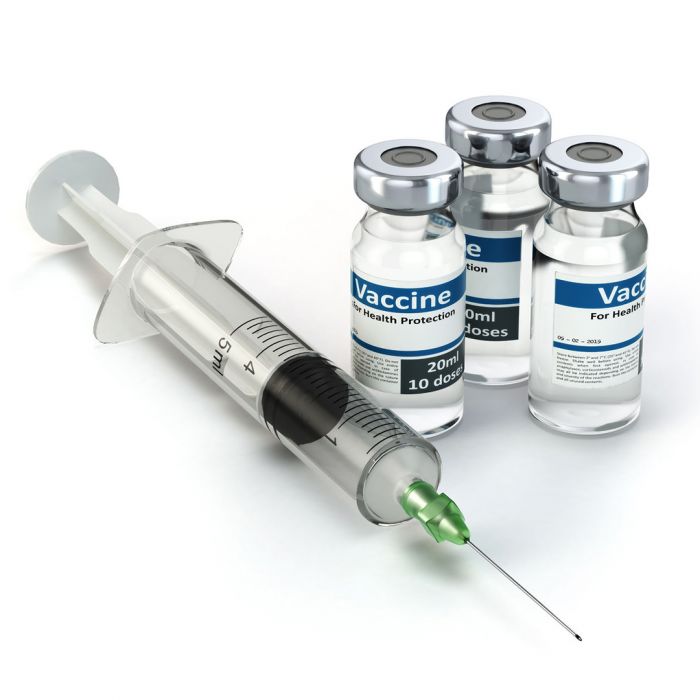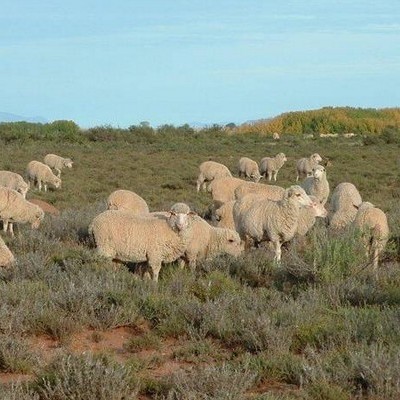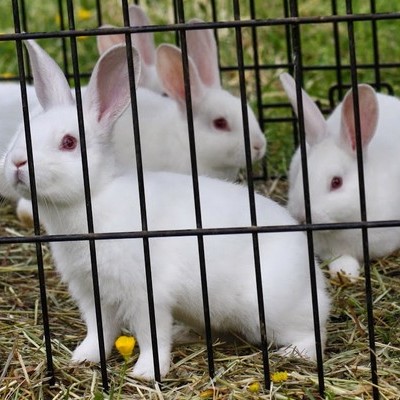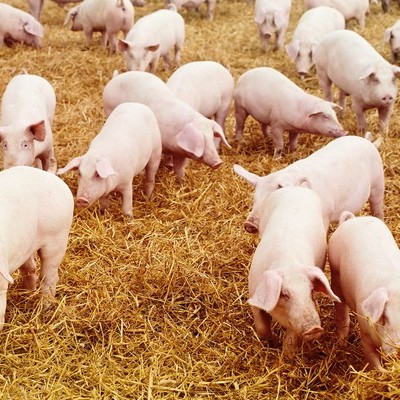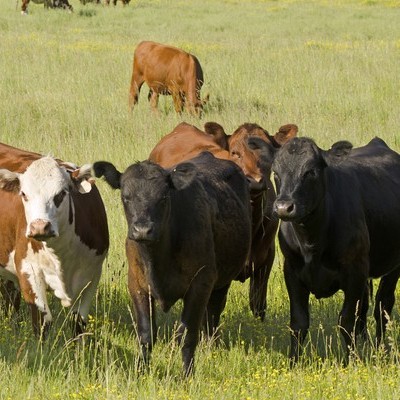SWINE DISEASE VACCINATION, PREVENTION AND TREATMENT (new) I Mshindo Media Today we will focus on two pig diseases which are. 1. Anthrax 2. Skin disease. 1. Kimeta (Anthrax) This disease is caused by bacteria known as Bacillus anthracis, these organisms remain viable for a long time and can remain alive in the soil for many years. Symptoms of the disease. -swelling in the neck/spine. -Homa -Passing bloody stools. -Difficult breathing -Sudden death -An animal that has died of anthrax does not have blood clots (continues to ooze) in open areas…
Blog
Vaccination Schedule for Chickens (new) I Mshindo Media.
1. DAY 1. After the chicks are hatched within a day, they are given glucose for two hours. Glucose is mixed in water and given to these chicks and after that the chicks are given a vitamin mixture, for example AMINOVIT is not OTC plus . This is also mixed with water. The chicks should be kept in a moderately warm and clean area. After that, on the second day and onwards, the chicks should be fed. 2. DAY 7. Chicks should be vaccinated with NEWCASTLE (KIDERI). This vaccine is mixed with clean water in a…
Costs in Raising Chickens (new) I Mshindo Media.
COST OF FARMSING MEAT CHICKEN In livestock farming, you have probably been seeing how big people’s projects are. You really like to visit various projects, you also have an idea for raising livestock but you are unable to know how much capital you will need to start a poultry farming project. Brothers, you don’t have to start a big project like you think others have. They have taken a little time to get there and have faced many challenges. So even with a very small capital you can start your…
LOCAL POULTRY FARMING AND ITS MARKETS (new) I Mshindo media
Local Poultry Farming Business and Its Markets There is a saying that is used by many people. It says; “work is the foundation of any person’s development”. I also agree with this saying because it is absolutely true that work is the foundation of any development step for any person under the main foundation which is God. On the contrary, those who do not work (employed/self-employed) will remain poor and have poor income, bad relationships with fellow human beings, be dependent etc. Since we really want to get out of…
PIGS FARMING AND ITS BENEFITS (new) I Mshindo media
Introduction Pigs are an animal that is used as food/vegetables and is also a commercial crop for livestock farmers, entrepreneurs and traders. PIGS DEPEND ON THE FOLLOWING THINGS 1. A strong pen is friendly to them 2. Cleanliness is very important in a pig pen 3. Good food mix 4. Good treatment and prevention 5. Water and Nutrition (access to essential foods for them) CHALLENGE IN PIGS FARMING THERE ARE ITS CHALLENGES BUT THEY CAN BE SOLVED BY TAKING SEVERAL THINGS. In pig farming there is the challenge of piglet mortality which reduces the profitability of the…
Chicken Pox Vaccination (FOWL POX) new I Mshindo media
MSHINDO MEDIA They provide you with the service of vaccinating your chickens against Fowl Pox (Fowl Pox) through our website here .Don’t wait for your chickens to get sick, vaccinate them against Fowl Pox. Let’s vaccinate our chickens against Fowl Pox early so that they are healthy and we can benefit from raising chickens.Our services are reliable and we will reach you wherever you are. UNDERSTAND THE MEANING OF CHICKENPOX Chickenpox is a disease caused by the Avipox Viruswhich mainly attacks chickens and all bird species. Chickenpox can affect chickens of any…
REASONS WHY VACCINATION FAILS TO PROTECT ANIMALS I Mshindo Media
Have you ever wondered or heard someone say, “Why did I vaccinate my chickens and they still got sick and died!”Or a doctor/physician is blamed, “Why did my dog/cat get sick and you gave the vaccine?” Before we get those answers, let’s first ask ourselves WHAT IS A VACCINATION? A vaccine is a biological preparation that provides antibodies (protection) against a specific disease. The protection is either temporary or lifelong. Vaccines are usually live or dead microorganisms (antigens) that cause the disease but are attenuated so as not to cause…
List of dairy cattle breeds (new) I Mshindo media
This list is incomplete; you can help by expanding it.Dairy cattle are those primarily raised for their milk as part of dairy farming. Breed Country of Origin Output per Day Other Gallons Litres Ayrshire cattle Scotland 5 19 Can be used for foraging Brown Swiss Switzerland 8 30 Second largest amount of milk produced of any dairy cattle breed. Buša cattle Croatia 1 3.8 Canadienne cattle Canada 2.7 10.4 Very rare breed. Dairy Shorthorn England 7.6 29 Also called the milking shorthorn. Dexter cattle Ireland 2 7.5 Very small in size. Used in domestic farms. Guernsey…
Poultry Management and Care (new) I Mshindo Media
Poultry Guide1. Select your Poultry Niche The poultry industry is a broad niche. There are many sub-sectors in the poultry industry which you can tap into. When poultry farming is mentioned, a lot of people take that to mean chicken rearing or turkey rearing alone but poultry farming is a very wide business with different aspects. Below are niches in the poultry business: Egg production (Layers breeding)Meat production (Broilers breeding)Chicken breeding (Hatchery)Poultry feed productionPoultry equipment manufacturingEgg and meat processing, packaging and marketingPoultry marketing and consultancy So, you see that poultry…
Dog castration ,procedures and its Care (new) I Mshindo Media
Dog castration ,procedures and its Care Castrating or neutering a male dog is an operation requiring a general anaesthetic.Both testicles are removed. As with all operations, the advantages and disadvantages should be considered carefully before deciding. Your own vet is the best person to advise you about your particular dog, but the following general advice may also help.The main advantages of castrating a male dog are The main disadvantages of having your dog castrated are the risks associated with any general anaesthetic and any operation, but these are very small…
CHICKEN – LAYERS FARMING
The history of layer farming is a long and complex one, dating back to the domestication of chickens in ancient times. In the early days, chickens were kept for their meat and eggs, but it was not until the 19th century that commercial egg production began to take off. In the early 20th century, commercial egg production continued to grow, and by the 1950s, the United States was producing more eggs than any other country in the world. Poultry farming is the raising of domesticated birds such as chickens, turkeys, ducks, and geese for the purpose…
SHEEP FARMING (new)
Sheep were first domesticated in the Middle East around 11,000 years ago. They were originally raised for their meat and milk, but their wool soon became an important commodity as well. Sheep were introduced to Europe around 7,000 years ago, and to North America by European settlers in the 16th century. Sheep farming has played an important role in human history. Wool was used to make clothing, blankets, and other textiles. Sheep were also used as a source of meat and milk. In some cultures, sheep were also used for…
RABBIT FARMING (new)
The history of rabbit farming is long and varied. Rabbits were first domesticated in Spain by the Romans around 200 BC. They were kept for their meat and fur, and the practice spread throughout Europe. In the Middle Ages, rabbits were also kept by monks for food, and they were often used as a source of meat during Lent. In the 19th century, rabbit farming became more widespread as a commercial enterprise. This was due in part to the development of new breeds of rabbits that were better suited for…
PIG FARMING (new)
The history of pig farming dates back to ancient times. Pigs were first domesticated in Asia and Europe around 9,000 years ago. They were raised for their meat, fat, and hides. Pigs were also used as a source of labor, as they could be trained to plow fields and carry heavy loads. In Egypt, Pigs were raised in ancient Egypt for meat, fat, and leather. They were also used as a source of manure, which was used to fertilize crops. Pigs were considered to be unclean animals by the Egyptians,…
GOAT FARMING (new)
The goat is a versatile animal. Goats were the first animals domesticated by man in 10,000 B.C. Most goats can be found in Asia and the Mid-East. Goats were the first animals to be used for milk by humans. There are over 210 breeds of goats in the world. There are approximately 450 million goats around the world. Goats were first brought to America by Columbus in 1493. The female goat is called a “doe” or “nanny.”The male goat is called a “buck” or “billy.”A castrated male goat is called…
DAIRY CATTLE FARMING (new)
The history of dairy farming dates back to the early days of human civilization. The first evidence of dairy farming can be found in the Middle East, where people were milking goats and sheep as early as 8,000 BC. Dairy farming spread to other parts of the world, including Europe, Asia, and Africa, as people migrated and traded with each other. In the early days of dairy farming, milk was consumed fresh or made into simple dairy products, such as cheese and yogurt. As technology advanced, dairy farmers began to…
BEEF CATTLE FARMING (new)
The history of beef cattle farming dates back to the domestication of cattle in the Middle East and Europe over 10,000 years ago. Cattle were originally raised for their meat, milk, and labor, and they played an important role in the development of human civilization. In the Americas, cattle were first introduced by Spanish explorers in the 16th century. Today, beef cattle farming is a major industry in many parts of the world. The United States is the world’s largest producer of beef, followed by Brazil, China, and India. In africa,…
LUCERNE FARMING/Fodder Farming (new)
Lucerne, also known as alfalfa, is a perennial legume that is grown for its forage and hay. The history of lucerne farming dates back to ancient times. It is believed that lucerne was first domesticated in Central Asia, and it was later introduced to other parts of the world, including Europe, Africa, and Asia. Lucerne farming became more widespread in the Middle Ages, and it was an important crop during the Crusades. Lucerne was also introduced to the Americas by European settlers in the 16th century. Lucerne farming has continued…



